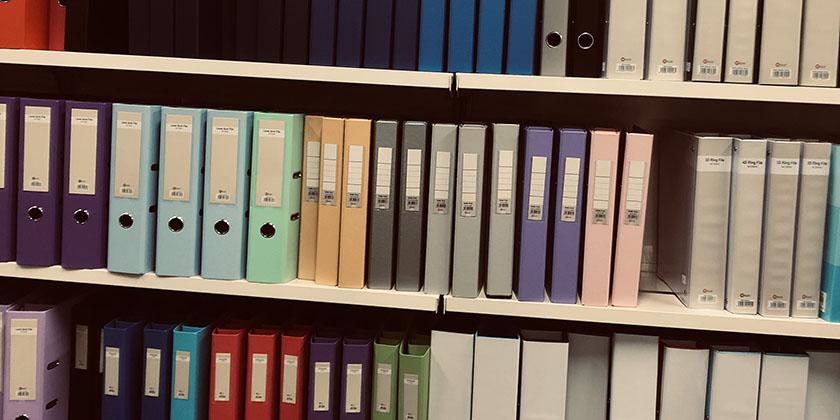We passed wide green rivers, and squirming blue streams, and vacant trotting cows. Houses whizzed by in a steady montage of orange-red roofs and cream walls, and the odd burst of flapping, colourful laundry, or haughty staring cats.

It was France, trundling past me — or rather, I was trundling past it, on the TGV (high speed train) from Paris to Turin. I was visiting a friend on the Ligurian Coast of Italy, and had opted to travel by rail rather than plane, conscious of the environmental impact. This was a deeply enjoyable, if somewhat gruelling, saga: rising before dawn in London to catch the Eurostar to Paris, rattling around the metro to change train stations, onto the TGV to Turin, and then a final local train to the particular town which was my destination, late that night.
I was pleased to do it, smug about my green credentials —- an indulgent google informed me that train travel causes 80% lower carbon emissions than flying. Music to my ears. The effect of the passing landscape fed into this reflection: a visible exploration of mankind’s impact on the world; glimpses of bounding deer morphing into abruptly ugly piles of logs, then great scars of manmade quarries, and concrete houses.
Soon I settled into the rhythm of it. There is something innately charming about train travel. Writers have thought so since George Stephenson designed his steam locomotive in 1814; they are a favourite trope of nineteenth and twentieth century literature, a source of British pride. And why not? Trains make great symbols of change and development, offering the attractive potential of better places, different lives. They are also, somehow to this day, inherently glamorous. We think of Agatha Christie’s Murder on the Orient Express (1934), an iconic vision of brass detailing and plush cushions. Christie is actually rather sparse in her description of the train, taking our knowledge of it for granted — such is the cultural resonance of this particular line. Her later book 4.50 from Paddington (1957) features a different kind of train (a mundane commuter, as opposed to long-distance luxury), but again benefits from the thrill of a fixed yet moving setting, the exciting uncertainty built into train travel. Mrs McGillicuddy sees someone murdered on a train running parralel to her own, and then they are gone — whisked away. Though a dull sort of train, the narrative nonetheless gives it significance.
The inherent possibility of train travel can be taken in different ways in literature. In Graham Greene’s 1932 novel Stamboul Train, also taking place on the Orient Express, the train is an uneasy place. Its luxurious setting rings sour with the novel’s unhappy ending and dark reflection on human priorities. In much children’s literature, however, trains are objects of excitement: thrilling entertainment in 1905’s The Railway Children, and transportation to a better world in the Harry Potter books. I think the many ways in which literature has used trains feeds into why they still feel charming and glamorous, even though the brass fixings are mostly long gone. It is because they are so woven into so many stories: associated with drama and thrills and the reaching of better places.
Indeed, they are written into our very timekeeping. We owe our modern reality of standardised time to Great Western Railway, who introduced it in 1840 after timetabling difficulties from the fact that different local times could differ by several minutes. They were integral to the 19th century’s rise of national identity — introducing a unity of national time just as they allowed for easier domestic travel. Perhaps we don’t think of this detail every time we check the clock, but it stands as further illustration of the centrality of trains to modern identity.
There is more explanation for the charm of a train. It is to do with the experience of brushing, however briefly, against so many other lives. This is something expressed with an understated skill in Philip Larkin’s 1964 poem The Whitsun Weddings. It was this poem that I thought of on the TGV to Turin, watching the fuzzy hills and coloured graffiti on train track walls.
The Whitsun Weddings describes Larkin on a train to London on a Whitsun (the seventh Sunday after Easter), which used to be a hugely popular day to get married. The train fills up with people embarking on their honeymoon, while the platforms jostle with waving families and “uncle[s] shouting smut”. It is a long yet quick-to-read poem, vividly recounting snatches of scenery observed through the train window, and it is for this reason that I must think of it always whilst on a train. The sense of the sun in the “short-shadowed cattle” and “blinding windscreens”, the perfect snatch of “someone running up to bowl” on a green — even when the landscape I pass is nothing like the English particulars he describes, I think of it. The thrumming, half-formed pace of the images is simply too evocative not to.
Most heart-rendingly, The Whitsun Weddings dwells on the mundane but quietly meaningful circumstance of sharing a journey with strangers. The “frail travelling coincidence” of momentarily living your life with them. The fact that Larkin’s train is full of newlyweds, starting a new chapter in their lives, heightens this, but it is true of all such journeys. We sit on the train and we pass by — catch glimpse of — a multitude of real human lives. Since reading the poem, I must always feel a quiet wonder at everything I pass on a train. At everything that might be happening to the people who are passing it by with me.
And so I sat on my train to Turin, both smug with environmental superiority and pensive with thought. How many people I must have passed on that journey; how many lives that brushed up against mine, just for a moment, none of us realising it.
There is perhaps no better place to be pensive than on a train, gazing out the window. I gaped at the deep blue expanse of water in a lake, watched by a small church atop a cliff, with little boats bobbing by a jetty. Then came the grand magnitude of the Alps. Dusty white pines could be seen distant up a mountain, and there were dizzying intervals of light and dark as the train thundered through tunnel after tunnel. Bright blue sky stretched out behind icy white peaks and lower grey crags, broken up with clusters of houses and bridges mapping across empty drops. I scanned signs to discern which country we were in by the language, neck craning.
The train pulled into the cradle of hills that surround Turin as the light began to turn golden, sinking beneath the hills. How long ago the grotty outskirts of Paris seemed, let alone the bleak
pre-dawn morning of St Pancras. Yet, even with the evening drawing in, the heat of the outside was an unbelievably pleasant shock. My skin had still been a little chilled from the cold of a country long passed.
Essay/Article commissioned by: TDLM Editorial
Written by: Isabella Palmer [Bio – Writing and Editing; University of York; Food and Fashion]
‘Reasons for a Train Journey’ First Published in The Daily Life Magazine on May 30, 2023











 Report This
Report This
Leave a Reply
You must be logged in to post a comment.